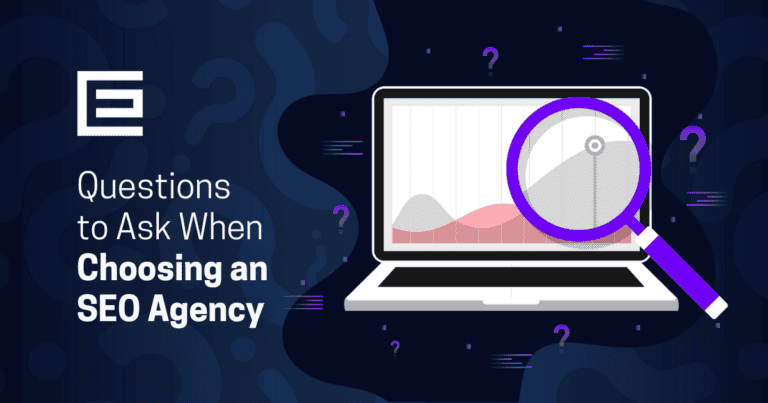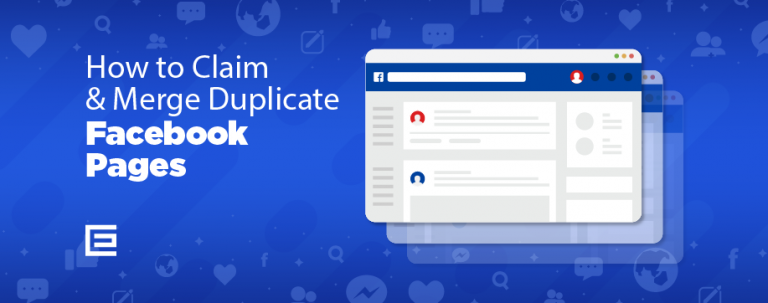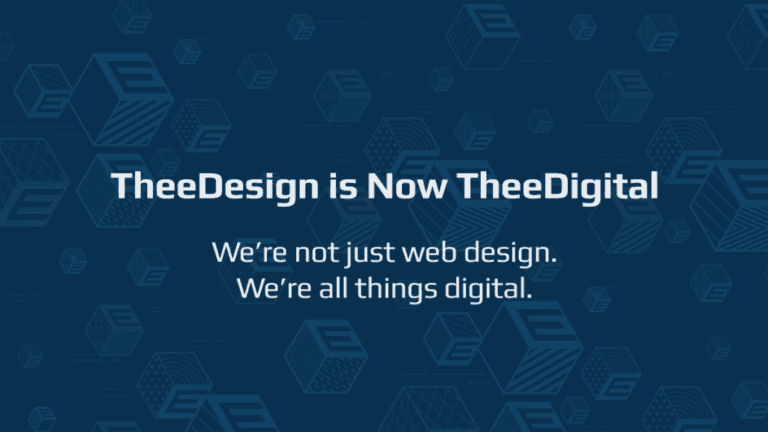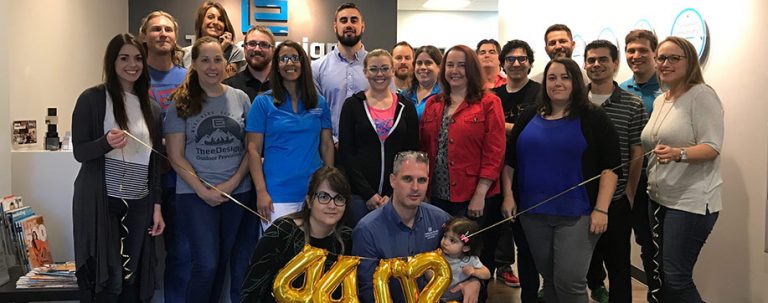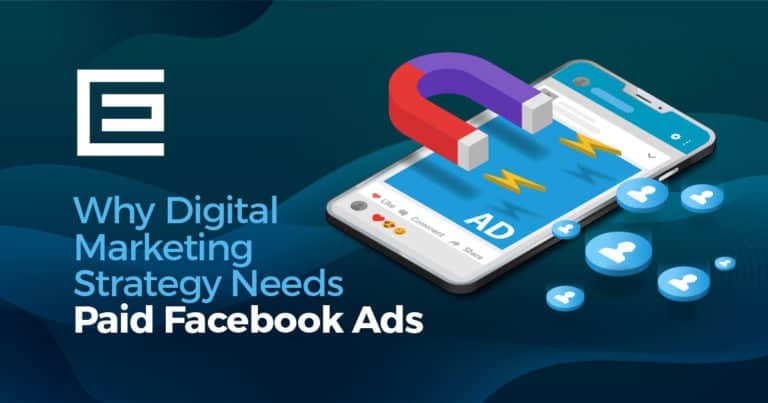In this age, where social media presence is as crucial as the quality of products or services offered, optimizing your Facebook page is not just a recommendation; it’s a necessity. A well-optimized Facebook page serves as the frontline of your digital marketing strategy, acting as a magnet for potential customers and a platform for engaging with your existing audience. It’s about making the most of the platform’s extensive tools and features to ensure your brand stands out in a sea of content.
The benefits of optimizing your Facebook page are manifold. For starters, it enhances your page’s visibility not only within the Facebook ecosystem but also in search engine results, driving more organic traffic to your page. It’s a critical step in ensuring that when people search for products or services in your niche, your page ranks prominently, leading to increased exposure. Moreover, a well-structured page with clear, compelling information about your business can significantly boost engagement rates. From the way your cover photo aligns with your brand message to the responsiveness of your customer service via Messenger, every element of your Facebook page can be fine-tuned to foster a stronger connection with your audience.
Engagement on Facebook isn’t just about likes and shares; it’s about creating a community that resonates with your brand’s voice and values. By optimizing your page, you’re not only inviting users to interact with your content but also encouraging them to become brand advocates. With the right optimization strategies, your Facebook page can become a thriving hub for customer interaction, feedback, and loyalty, leading to a more dynamic and profitable online presence.
Understanding Facebook Page Optimization
Facebook Page Optimization refers to the process of improving the setup and content of your Facebook Page to maximize its effectiveness and reach. This practice is crucial for businesses and brands looking to leverage Facebook’s vast user base to increase their online presence and customer engagement. By optimizing a Facebook Page, brands can ensure that their content is not only seen but also resonates with their audience, thereby increasing the likelihood of user interaction and conversion.
The significance of Facebook Page Optimization cannot be overstated. With over 2.8 billion monthly active users, Facebook is a goldmine for businesses seeking to expand their digital footprint. An optimized page with relevant and engaging content, strategic use of keywords, and a complete profile can significantly improve a page’s visibility in Facebook’s search results and news feed. This optimization affects how often and prominently a page’s posts appear in users’ feeds, directly influencing the page’s reach and the brand’s ability to connect with a broader audience.
When comparing Facebook Page Optimization to website SEO, there are both similarities and differences. Like website SEO, Facebook optimization involves using keywords, providing clear information, and creating quality content that encourages user engagement. However, Facebook SEO is unique in that it also requires understanding and leveraging the platform’s social networking features, such as shares, likes, and comments, as well as the algorithmic preference for content that fosters meaningful interactions. Additionally, while website SEO aims to increase a site’s visibility on search engines like Google, Facebook Page Optimization is tailored to increase visibility within the Facebook platform itself, which includes optimizing for Facebook’s search function and the news feed algorithm.
In essence, while the end goal of both Facebook optimization and website SEO is to increase visibility and user engagement, the tactics employed must be platform-specific to achieve the best results. Understanding these nuances is key to developing a robust online marketing strategy that harnesses the strengths of each channel to enhance a brand’s overall online presence.
Setting Up Your Facebook Page
Creating a Facebook Page is the first step in establishing your business’s social media presence, but setting it up correctly is what determines your success on the platform. The setup process is a critical phase where making the right choices can significantly impact how your audience perceives and interacts with your page.
Choosing the Right Category and Template
Categories
When you create a Facebook Page, you’ll be asked to select a category that best describes your business. The category you choose helps people find your business and tells them what kind of services or products you offer. With options ranging from local businesses and brands to artists and public figures, your category should align with your business’s core offering. This classification plays a role in the Facebook search algorithm, helping to connect you with users searching for a specific type of business like yours.
Templates
Facebook provides different templates that pre-configure your page layout based on the category you’ve chosen, emphasizing the features most relevant to your business type. For instance, a retail business may benefit from a template that highlights products and reviews, while a non-profit might choose a template that promotes events and fundraising. Selecting the appropriate template is essential as it customizes the user’s navigation experience on your page and ensures that the most important information is readily accessible.
Customizing Page Tabs and Settings
Organizing Page Tabs
Page tabs are the sections of your Facebook Page, like About, Events, Photos, and Community. By customizing these tabs, you can prioritize the information and features that are most important to your business. For example, if you frequently host events, you might move the Events tab higher up on your page. You can also add custom tabs to promote specific content, such as a newsletter sign-up form or a tab that links to your business blog.
Page Settings
The Page Settings section is where you can control various aspects of your page, including visibility, messaging capabilities, tagging permissions, and more. It’s important to review and adjust these settings to suit your business needs. For example, enabling messaging and ensuring quick response times can improve customer service, while adjusting tagging settings can protect your page from spam and irrelevant content. Properly managed settings help maintain the page’s professionalism and ensure that it functions as an effective communication tool for your business.
Setting up your Facebook Page with the right category, template, tabs, and settings is a foundational step in your social media strategy. It not only helps in laying out the structure of your page but also in defining how users interact with it, setting the stage for future engagement and growth.
Content Strategy for Engagement
A robust content strategy is the cornerstone of any successful Facebook Page optimization effort. Content not only reflects your brand’s voice but also engages and grows your audience. The right content can increase the reach of your page, encourage user interaction, and drive business results.
Importance of Content in Optimization
Content plays a pivotal role in how Facebook’s algorithm displays your page to users. High-quality, relevant content increases the chances of engagement, which in turn boosts your visibility in news feeds. The more your followers interact with your content—through likes, shares, comments, and views—the more your page benefits from organic reach. This engagement signals to Facebook that your content is valuable, prompting the algorithm to show it to more people.
Types of Content that Drive Engagement
Video Content
Video content is king on Facebook, with a higher likelihood of capturing attention and eliciting responses compared to other types of posts. Videos that start with an engaging hook within the first few seconds are more likely to be watched through to the end. Live videos often see six times the engagement of regular videos, making them a powerful tool for real-time interaction. Whether it’s behind-the-scenes looks, product demonstrations, or Q&A sessions, video content should be an integral part of your content strategy.
Posts and Updates
Regular posts and updates keep your audience informed and engaged with your brand. These can range from sharing industry news, tips, and how-to guides to posting about company milestones or customer testimonials. The key is to provide value that resonates with your audience’s interests and needs. Posts with images and a clear call-to-action can also enhance engagement and drive traffic to your website or promotions.
Content Scheduling and Frequency
Scheduling Tools
Consistency in posting is essential for keeping your audience engaged and your page active. Utilizing scheduling tools allows you to plan and automate the publication of your content at optimal times when your audience is most active. Tools like Facebook’s native scheduler or third-party apps like Buffer and Hootsuite enable you to maintain a steady stream of content without having to manually post every day.
Content Calendar
A content calendar is a strategic tool for planning out your posts in advance. It helps ensure a balanced mix of content types and themes, preventing repetitive posting and keeping your content strategy aligned with your marketing goals. By planning your content, you can also time your posts to coincide with marketing campaigns, holidays, or relevant world events, making your content timely and more likely to engage your audience.
A well-thought-out content strategy is essential for engaging with your audience and optimizing your Facebook Page. By focusing on the quality and relevance of your content, and by leveraging tools to maintain a consistent posting schedule, you can build a lively and interactive Facebook community.
Visual Branding and Aesthetics
Visual branding and aesthetics are vital components of a Facebook Page’s appeal and are instrumental in creating a lasting impression on visitors. The visual elements of your page serve as a non-verbal communicator of your brand’s identity and values, making it essential to give them thoughtful consideration.
Profile and Cover Photos
Your profile photo is often the first element that catches a user’s eye. It should be instantly recognizable and reflective of your brand, which is why most businesses opt to use their logo in this prime spot. This image accompanies your posts and comments, acting as a consistent visual identifier for your content across the platform.
The cover photo provides a larger canvas to convey the essence of your brand. It’s the backdrop against which your profile photo sits, and it offers the opportunity to be creative and showcase what your business is about. Whether it’s a promotion for a new product, a snapshot of your team, or a seasonal message, your cover photo can be updated regularly to reflect current campaigns or themes. However, it should always align with your overall branding for a cohesive look.
Visual Content Strategy
A visual content strategy encompasses the planning, creation, and delivery of all visual elements on your page. This includes photos, videos, infographics, and any other multimedia content. The strategy should aim to captivate and inform your audience, providing a mix of content types to cater to different preferences and engagement styles. High-quality images and well-produced videos can significantly increase user engagement and are more likely to be shared, extending your reach beyond your immediate followers.
Consistency in Branding
Consistency in branding across all visual elements solidifies brand recognition and helps build trust with your audience. This means using a consistent color palette, font styles, and imagery that align with your brand’s identity in every piece of content you publish. Consistency also applies to the tone and style of the visuals. Whether your brand voice is professional, whimsical, or edgy, the visuals should reflect that tone consistently. This uniformity helps followers to quickly identify your brand’s content in their news feed, which can be crucial in a platform where users scroll through vast amounts of information rapidly.
In crafting your Facebook Page’s visual identity, remember that every image, every color choice, and every graphic plays a part in storytelling. A well-executed visual strategy not only attracts the right audience but also contributes to a stronger brand presence and a more engaging Facebook experience.
SEO for Your Facebook Page
Search Engine Optimization (SEO) for your Facebook Page is about more than just the content you post. It extends to the very structure of your page, including the URL and the About section, which can significantly influence your online discoverability and ranking.
Personalizing the Page URL
A personalized URL, also known as a vanity URL, is a must-have for any Facebook Page. It not only gives your page a professional and polished look but also makes it easier for people to find and remember your page. A URL that closely matches your brand name or associated keywords can improve the searchability of your page both on Facebook and in search engines. Facebook allows page administrators to set a custom URL once their page has reached a minimum number of likes and as long as the URL is not already in use, making it a simple yet effective step in your SEO strategy.
Optimizing the “About” Section
The About section of your Facebook Page is an opportunity to provide a concise, keyword-rich description of your business. This section should include all the critical information about your brand, such as what you offer, your company’s background, and any other details that can help users understand your business better. Including relevant keywords and phrases in your About section can help your page show up in relevant searches, making it an integral part of your page’s SEO.
Keyword Strategy for Facebook
LSI and NLP Keywords
Latent Semantic Indexing (LSI) and Natural Language Processing (NLP) keywords are advanced SEO tactics that go beyond basic keywords to include related terms and phrases that search engines might expect to find in content about your main keywords. Using LSI and NLP keywords can help your Facebook Page content appear more naturally and comprehensively to search algorithms, which can favor your content in search results. These keywords should be related to your main services or products and can include synonyms and related jargon.
Keyword Placement
Strategic placement of keywords is crucial for maximizing the SEO potential of your Facebook Page. Your primary keywords should be included in your page title, About section, and in the descriptions of your posts and photo captions. However, it’s important to use them judiciously to avoid overstuffing, which can be penalized by search engines and diminish the user experience. The goal is to integrate keywords seamlessly into high-quality, engaging content that provides value to your audience and encourages interaction.
By carefully crafting your Facebook Page’s URL, About section, and overall content strategy to include relevant keywords, you can enhance your page’s SEO. This not only aids in better ranking on search engines but also improves visibility within Facebook’s own search and recommendation system, leading to greater reach and engagement opportunities.
Interaction and Community Building
In the realm of social media, fostering a sense of community and encouraging interaction are not just beneficial; they are essential for sustained growth and engagement. A Facebook Page that thrives on active participation from its audience can amplify brand messaging and create loyal advocates.
Encouraging User Interaction
User interaction on a Facebook Page can take many forms, from likes and comments to shares and messages. Encouraging this interaction starts with creating content that invites an exchange—be it opinions, thoughts, or discussions. Polls, questions, and calls-to-action are direct methods of prompting user engagement. Additionally, responding promptly to comments and messages can stimulate further conversation and show that your brand values its audience’s input. Hosting live sessions and events on your page also provides a real-time platform for interaction, making your audience feel more connected to your brand.
Building a Community Around Your Brand
A community is not just a group of people; it’s a space where individuals with common interests connect and interact. To build a community around your brand, you need to go beyond promotional content and foster a sense of belonging and mutual support. This can be achieved by highlighting customer stories, sharing user-generated content, and creating group discussions related to your field. By consistently engaging with your followers and providing them with a platform to voice their experiences, you can transform your page from a one-way communication channel into a vibrant community hub.
Using Facebook Insights to Track Engagement
Understanding the dynamics of your Facebook Page’s performance is key to refining your engagement strategy, and Facebook Insights provides the analytics to do just that. This powerful tool offers a wealth of data, including metrics on post reach, page views, and the number of engaged users. By analyzing this information, you can gain insights into what content resonates with your audience, the best times to post, and how to adjust your content strategy for maximum impact. Tracking engagement through Facebook Insights allows you to measure the effectiveness of your interaction efforts and community-building activities, providing a clear picture of your ROI in social media efforts.
Interaction and community building are critical to the success of a Facebook Page. By creating engaging content, fostering a sense of community, and utilizing Facebook Insights to track engagement, you can cultivate a thriving online presence that not only supports your business goals but also adds value to your audience.
Wrap Up
The journey through the various facets of Facebook Page optimization underscores its undeniable importance in today’s digital landscape. From the initial setup, encompassing the selection of the right category and template, to the strategic crafting of content and fostering of community engagement, each step is pivotal in carving out a successful online presence for your brand. Optimization is not a one-off task but a continuous process that adapts to changing trends and audience behaviors, ensuring that your Facebook Page remains a relevant and dynamic portal for your business.
As we’ve explored, the optimization of your Facebook Page can significantly enhance visibility, improve search engine rankings, and create a more engaging and rewarding experience for your followers. By personalizing your page URL, fine-tuning the About section, and implementing a keyword strategy, you lay the groundwork for effective SEO. Moreover, by cultivating a robust content strategy and maintaining visual consistency, you can attract and retain a dedicated following.
Now, with these strategies in hand, the next step is implementation. Take the insights provided and apply them to your Facebook Page. Use the tools at your disposal, like Facebook Insights, to measure the impact of your efforts and refine your approach accordingly. Remember, the digital world thrives on interaction and community, and by optimizing your Facebook Page, you’re building the foundation for a vibrant and engaged audience.
In closing, let this be both a reminder of the power of optimization and a call to action. By actively applying these strategies, you can transform your Facebook Page from a static information hub into a lively, interactive community that drives business growth and enhances customer loyalty. The potential is immense, and the time to start is now.
Tags: Digital Marketing

